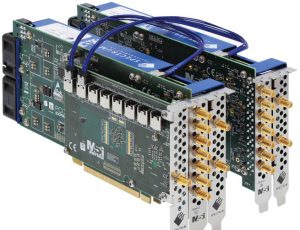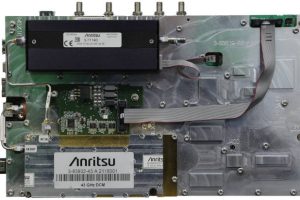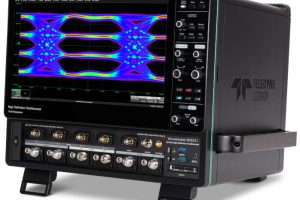
Called Star-Hub, it works with the company’s recently introduced M5i.33xx series of PCIe digitisers.
“The Star-Hub option is installed by mounting a single piggyback module onto any of the M5i series cards in the multi-channel system,” said Spectrum. “Using accurately matched and shielded coax cabling, the board then distributes the clock to each module and precisely synchronises the trigger event with the system clock.”
This combined system can run from the digitiser card’s ±1 ppm internal clock, or via a front panel SMA input connector.
Programmable skew adjustment allows time shifts up to 200ps (10Gsample/s) or 312ps (3.2 and 6.4Gsample/s) of the clock of each individual card creating “an easy way for users to correct any timing mismatches that may be present in their specific setup”, according to the company.
Each of the paralleled cards retains its own 16 lane Gen3 (12.8Gbyte/s) PCIe bus, allowing continuous transfer of 12bit data at 6.4Gsample/s – or 10Gsample/s in 8bit mode.
Seven different M5i.33xx cards are available, offering one or two 12bit channels, 3.2 to 10Gsample/s and bandwidths from 1 to 4.7GHz.
The company’s SBench 6 Professional user interface software (Linux or Windows) can be used to control the combined modules and handle their data output.
 Electronics Weekly Electronics Design & Components Tech News
Electronics Weekly Electronics Design & Components Tech News



